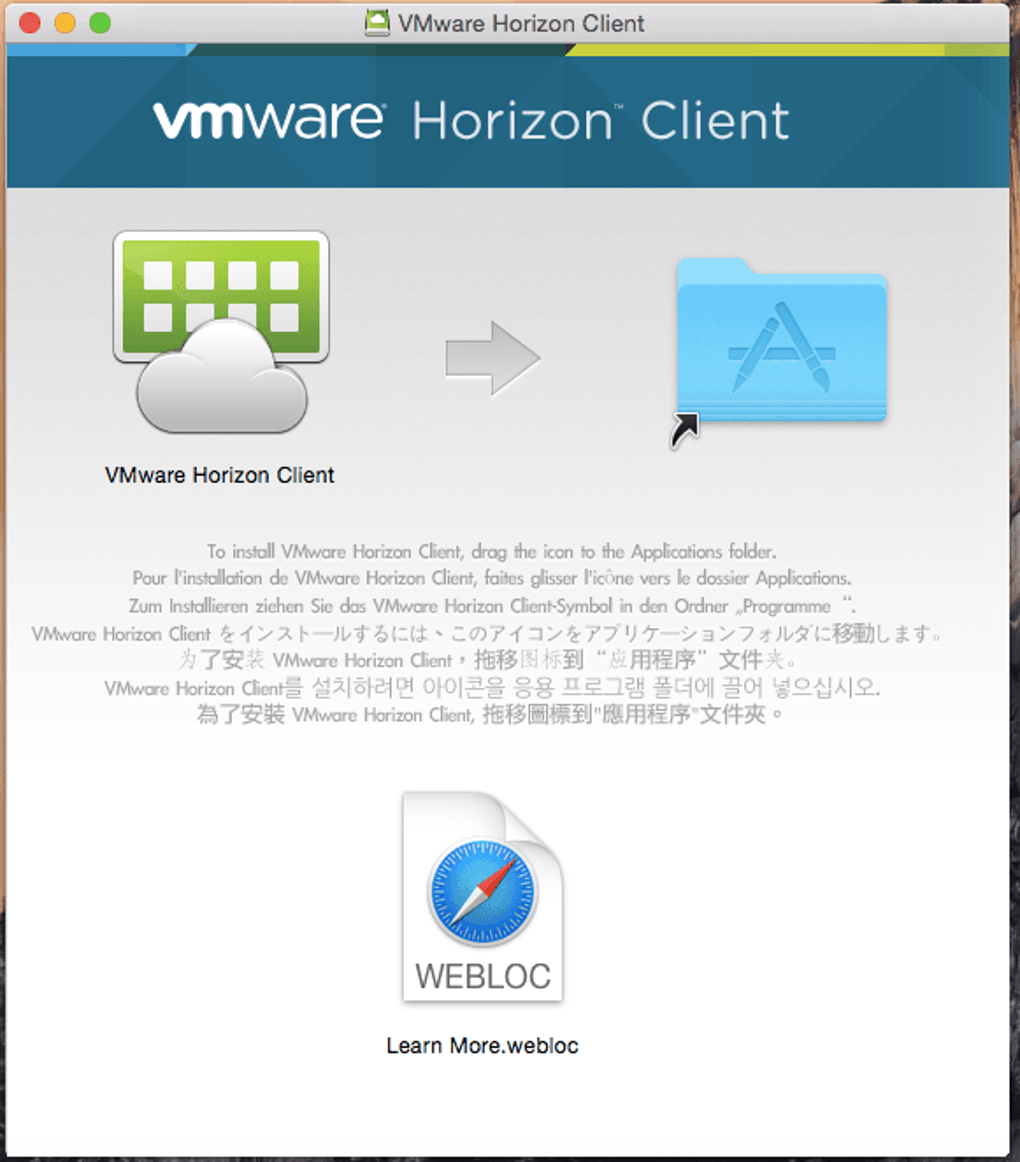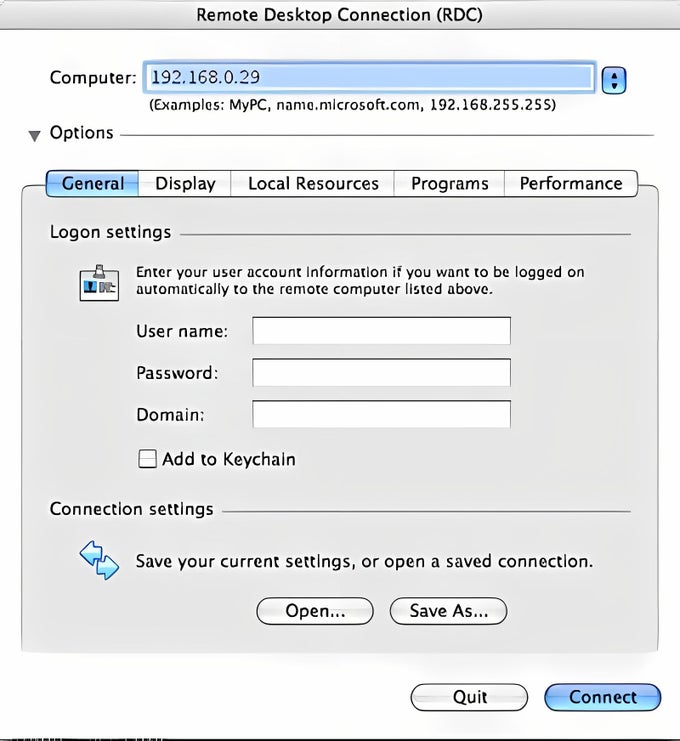- Alternative To Microsoft Remote Desktop Client For Mac How To Change Resolution
- Alternative To Microsoft Remote Desktop Client For Macbook Pro
- Microsoft Remote Desktop Client For Mac Alternative
Finding a remote desktop connection alternative may be key if you’ve struggled with RDP’s vulnerabilities and constant need for patches. With Netop Remote Control, you get the benefits of a remote desktop without the numerous vulnerabilities, in addition to a solution that is compatible and scalable for all your organization’s needs. ISL Light is an easy-to-use remote desktop software for security-conscious users. It comes at a great price-performance. ISL Light is a powerful tool that helps IT staff and support technicians solve problems remotely, either through unattended access, remote support or even though screen-sharing on mobile devices. The remote desktop client works on Linux, Windows, Mac OS, FreeBSD, Android and iOS. One, you can comfortably run a desktop app or even a portable version on a flash drive. You get the usual Banking-standard TLS 1.2 encryption technology, real-time collaboration, built-in file transfer, recording sessions and what not. The most well known remote desktop tools on Windows are Microsoft Remote Desktop and Citrix Receiver. However, neither are the best remote desktop software for Mac users. Unsurprisingly, Microsoft Remote Desktop is mainly designed for Windows users and has various problems on Mac although admittedly is has improved in recent versions. Find the best programs like Microsoft Remote Desktop for Mac. More than 11 alternatives to choose: Microsoft Remote Desktop 10, PDF Printer Lite, VM Horizon Client and more.
REMOTEAPP
For remote desktop (terminal server) application hosting where the user is logging into a full desktop session, MAC users should have a good experience and there are Remote Desktop Connection Clients that can be downloaded for MACs, iphone, and ipad. (The Remote Desktop Connection Client is preloaded on all Windows machines and doesn’t require a download to use it). The Clients for MACs/Apple can be found here: https://www.RiptideHosting.com/blog/remote-desktop-connection-client-for-macs/
RemoteApp is an optional feature of Remote Desktop Services where users are not provided a desktop session but rather can only open a specified application. This feature doesn’t work well with MAC users in Windows 2008R2 due to the limitations below. It should work better in Windows 2012R2 for MAC users but only if using the RDweb login option. We have many MAC users using our Remote Desktop hosting although most are using full desktop sessions instead of RemoteApp. There are other options instead of RemoteApp as described toward the end of this post.
With RemoteApp, you can distribute a RDP file to a user (Windows 2008R2 only – “RDP distributable file” – this option is not available in Windows 2012R2) or you can set it up for users to access the specified program via a URL. The user can open the specified application but does not get a full desktop session to save/share files, etc.

- RD Web URL – When enabled, you can access the RD Web Access Web site at https://IPaddress/rdweb . In 2008R2, the website requires that the client browser has ActiveX enabled which basically limits usage to Internet Explorer and therefore excludes MAC users. (as noted here — https://technet.microsoft.com/en-us/library/cc731508.aspx). In 2012R2, the RD Web Access website no longer requires ActiveX and is supposed to work with many more browser options. However, Server 2012R2 does require that the Active Directory Domain Controller role be installed to use RemoteApp whereas it is not required in Windows 2008R2.
- Create RDP file via the RemoteApp Wizard to distribute to users. This works easily to create the file and other PC users should be able to open it easily. MAC users generally have issues when they try to open the file where the system doesn’t recognize it. Note: Windows Server 2012R2 no longer has this option to create the RemoteApp distributable file.
If you are going to use RemoteApp in 2008R2, contact us for additional instructions and tips that we can provide.
OTHER OPTIONS
- Launch a program automatically upon login. You can specify a program to run automatically upon login. You can do this by individual user (profile/properties tab), for all users in RD Session Host configuration and in Group Policy. See our post here: https://www.RiptideHosting.com/blog/how-to-launch-a-program-automatically-when-logging-into-remote-desktop-server/
- User full desktop sessions but configure group policies to limit access to certain things, remove icons, prevent access to drives, etc.
With Remote Desktop Connection Client 2, you can quickly, simply and securely connect to Windows-based PCs to access Windows-based files, applications, devices, and networks from your Mac.


Where to get the file
- Direct Microsoft link to English version 2.0: http://download.microsoft.com/download/6/c/0/6c01c76e-fef9-4a59-9fe1-84b1a307ad26/RDC200_ALL.dmg
- CoRD Remote Desktop: http://cord.sourceforge.net [PREFERRED ALTERNATIVE!]
About CoRD Alternative
CoRD is a Mac OS X remote desktop client for Microsoft Windows computers using the RDP protocol. It's easy to use, fast, and free for anyone to use or modify. It is the preferred alternative for connecting to TrialWorks HOSTED PREMIUM Servers (Windows 2008). Our tests indicate CoRD is better at handling printer redirection from MAC to our Windows 2008 R2 Servers.

About PRINTING on Terminal Server
Alternative To Microsoft Remote Desktop Client For Mac How To Change Resolution
Remote Desktop Printing from MAC can be problematic. Here are some guidelines:
- Verify your printer is on the Windows Server Catalog: http://www.windowsservercatalog.com/results.aspx?&chtext=&cstext=&csttext=&chbtext=&bCatID=1326&cpID=0&avc=10&ava=31&avq=0&OR=1&PGS=25&ready=0
- Even if a printer is listed in the Windows Server Catalog, the availability of PostScript drivers may affect your printing.
- Never attempt to use the 2x Universal Printer, this is for PCs only.
- CoRD is a good alternative to Microsoft RDC as it offers better printer support.
- Printers that utilize GDI (Graphic Device Interface) will not print correctly.
To install Microsoft RDC Client for Mac software
- Print this page if you want to use it as a reference when you are offline.
- Quit any applications that are running, including all Office applications, Microsoft Messenger, and Office Notifications, because they might interfere with installation.
- Make sure that your computer meets the minimum system requirements.
- Click one of the links above.
- Follow the instructions on the screen to save the file to your hard disk. If you are using Safari, the downloaded file is saved to the desktop unless you specified a different location in the Preferences dialog box of Safari. To check your preferences, on the Safari menu, click Preferences, and then click General.
- Double-click the file you downloaded in step 5 to place the Remote Desktop Connection volume on your desktop, and then double-click the Remote Desktop Connection volume to open it. This step might have been performed for you.
- In the Remote Desktop Connection volume window, double-click the Remote Desktop Connection.mpkg package to start the installation process, and then follow the instructions on the screen.
- If the installation finishes successfully, you can remove the installer from your hard disk. To remove the installer, first drag the Remote Desktop Connection volume to the Trash, and then drag the file that you downloaded to the Trash.
After you install this software
To learn how to set up Remote Desktop Connection Client for Mac 2 for the first time, open Remote Desktop Connection, and then on the Help menu, click Setup Steps.
To remove this software
To remove Remote Desktop Connection Client for Mac 2, move the Remote Desktop Connection application to the Trash, and then on the Finder menu, click Empty Trash.
Troubleshooting
Q: How can I delete the MSLicensing key from a Macintosh client?
A: Macintosh clients store the MSLicensing key in the following location:
- MacHD/Users/Shared/Microsoft/RDC Crucial Server Information/
Delete the files in this folder to delete the locally stored TS license.
Alternative To Microsoft Remote Desktop Client For Macbook Pro
Useful Screenshots
Microsoft Remote Desktop Client For Mac Alternative

